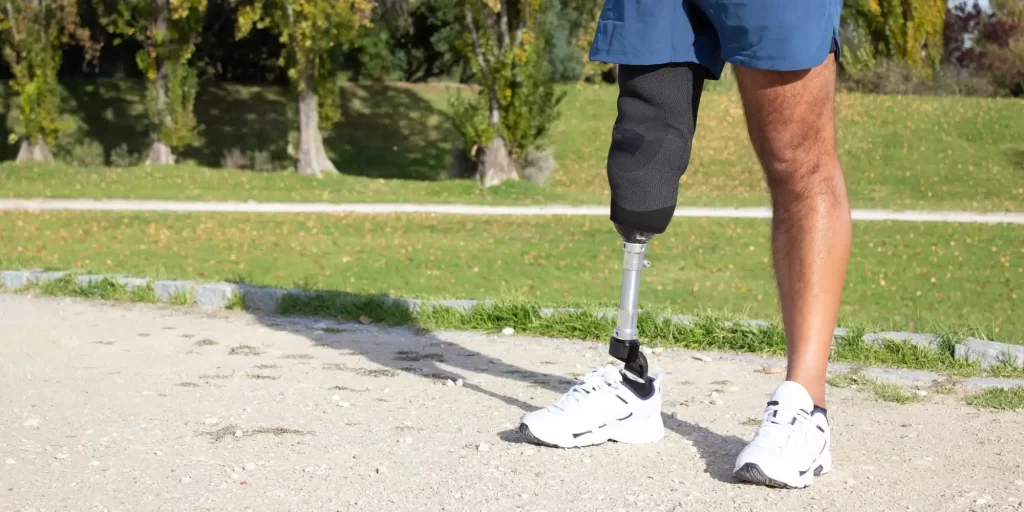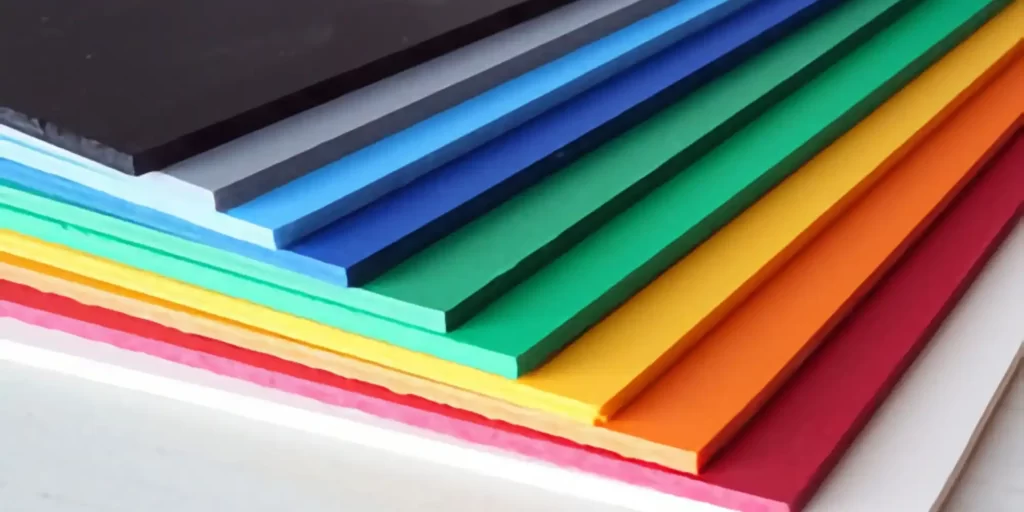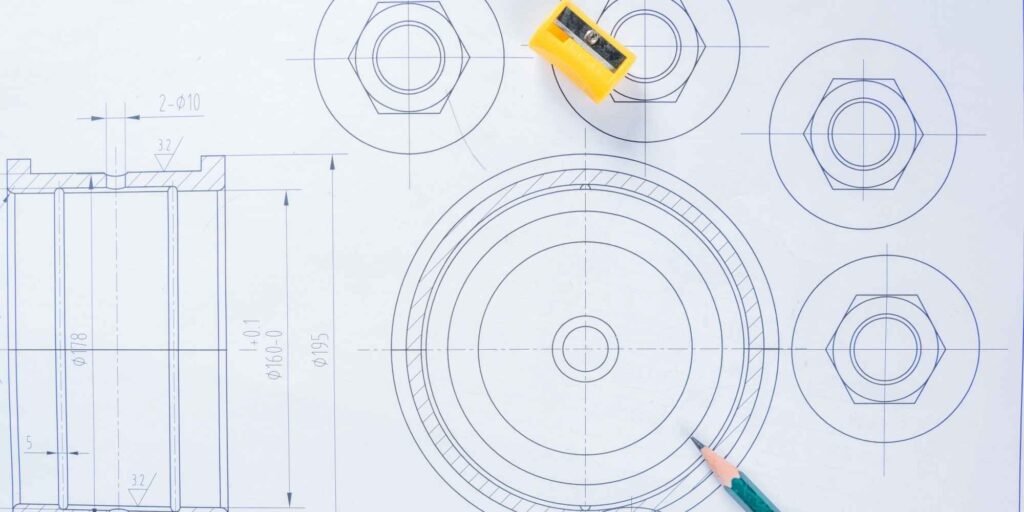In the world of orthopedics, the comfort and effectiveness of supports and braces are paramount. Ethylene-Vinyl Acetate (EVA) foam has emerged as a game-changer in the design and functionality of orthopedic products. Known for its cushioning, durability, and flexibility, EVA foam is enhancing the efficacy of orthopedic supports and braces, making them more comfortable and user-friendly. This article explores the role of EVA foam in orthopedic supports and braces, highlighting its benefits and addressing common questions about its application in this specialized field.
The Benefits of EVA Foam in Orthopedic Supports and Braces
EVA foam brings several key advantages to orthopedic supports and braces:
1. Superior Comfort:
EVA foam provides excellent cushioning, reducing discomfort and making it easier for patients to wear supports and braces for extended periods.
2. Enhanced Support and Stability:
Its firm yet flexible nature offers the necessary support and stability to the affected area, aiding in recovery and injury prevention.
3. Lightweight and Durable:
EVA foam is incredibly lightweight, ensuring that the supports and braces do not add unnecessary weight, while its durability ensures long-term usability.
4. Customizable Fit:
EVA foam can be easily molded and customized to fit individual anatomical structures, providing personalized support.
5. Moisture and Shock Absorption:
Its moisture-wicking properties keep the skin dry, while the shock-absorbing qualities protect the injured area from further impact.
6. Hypoallergenic and Easy to Clean:
EVA foam is hypoallergenic, making it suitable for sensitive skin, and its smooth surface allows for easy cleaning and maintenance.
Applications of EVA Foam in Orthopedic Supports and Braces
Knee Braces:
EVA foam is used in knee braces for conditions like ACL injuries, arthritis, and knee sprains, providing support and stability.
Ankle Supports:
In ankle supports, EVA foam aids in the recovery of ankle injuries by offering cushioning and stability.
Back Supports:
For back pain and injuries, EVA foam back supports help in maintaining proper posture and reducing discomfort.
Wrist Braces:
EVA foam wrist braces are beneficial for conditions like carpal tunnel syndrome, offering support while allowing for some degree of movement.
Elbow Braces:
In elbow braces, EVA foam provides comfort and support for conditions like tennis elbow.
Enhancing Orthopedic Care with EVA Foam
The integration of EVA foam into orthopedic supports and braces represents a significant advancement in patient care, focusing on comfort, support, and functionality.
FAQs About EVA Foam in Orthopedic Supports and Braces
Q: How does EVA foam improve the effectiveness of orthopedic supports and braces?
A: EVA foam enhances the effectiveness by providing better cushioning, support, and a customizable fit, which can lead to improved compliance and better recovery outcomes.
Q: Are EVA foam orthopedic products suitable for all ages?
A: Yes, EVA foam products are versatile and can be designed for individuals of all ages, from children to adults.
Q: Can EVA foam supports and braces be worn during physical activity?
A: Many EVA foam supports and braces are designed to be worn during physical activity, offering protection and support without hindering movement.
Q: How do you care for EVA foam orthopedic supports and braces?
A: They can generally be cleaned with a damp cloth and mild soap. It’s important to follow specific care instructions provided by the manufacturer.
Q: Are EVA foam orthopedic products environmentally friendly?
A: The environmental impact depends on the manufacturing process. However, there is a growing focus on making EVA foam production more sustainable.
In conclusion, EVA foam has become a crucial component in orthopedic supports and braces, providing enhanced comfort, support, and durability. Its combination of lightweight design, customizable fit, and shock absorption makes it an ideal choice for orthopedic products. As the focus on patient comfort and effective recovery continues to grow, EVA foam-enhanced orthopedic supports and braces are set to remain a popular choice, offering effective solutions for injury management and recovery.






